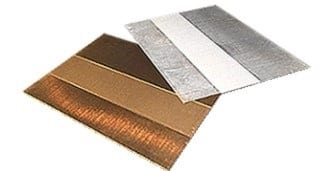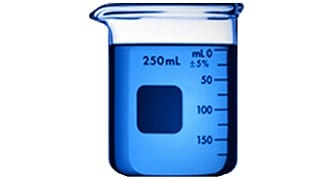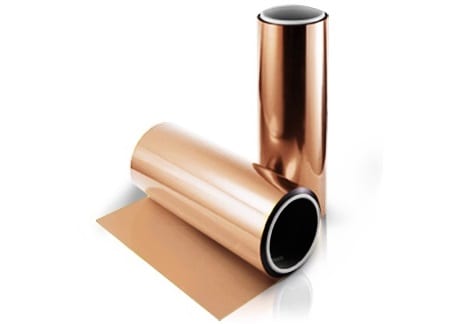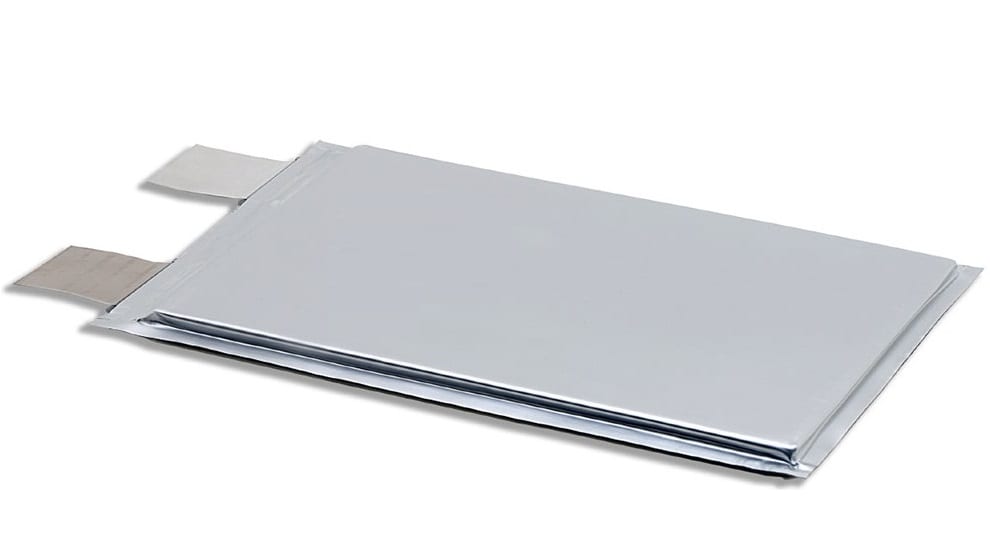Targray Cathode Materials for Li-ion Battery Manufacturers
Targray supplies cathode binders used in the slurry making process for Lithium-ion batteries. Specialty binder materials such as Hydrophilic, SBR and PVDF are used in Lithium-ion battery technology to hold the active material particles together and in contact with the current collectors i.e. the Aluminum Foil (Al foil) or the Copper Foil (Cu foil).
Introduction to Hydrophilic Binders
In the traditional Li-ion cell manufacturing process, PVDF (Polyvinylidene Fluoride) is mostly adopted in the cathode and anode slurry making processes. For processing requirements, cost and environmental issues, battery manufacturers are gradually moving away from using PVDF and instead making use of aqueous base materials such as SBR copolymers, more specifically Modified SBR (Styrene Butadiene Copolymer) Hydrophilic binders.
Targray’s Hydrophilic Binder brings new cutting-edge technology to li-ion battery manufacturers. It can be used for practically all Li-ion cell chemistries – for both the Anode and Cathode electrodes. This technology offers distinct advantages for Lithium-ion battery manufacturers, including:
- Lower cost of manufacturing
- ‘Clean’ – pollution-free as compared to use of PVDF that uses NMP solvents
- Use of water based solvents – environmental friendliness, cleanliness and no pollution
- Reduction of binder usage amount in the cathode slurry – only about 1.5% for cathode and 4% for anode needed, thus effectively enhancing the overall cell capacity
- Enhancing the active material ratio in a cell via SBR quantity reduction – higher energy density is possible
- No requirement for strict humidity control in the manufacturing process
- Fast drying speed in the electrode fabrication resulting in higher production volumes
The Role of Cathode Binders in Battery Manufacturing
A cathode electrode is typically made by mixing active material powder, binder powder, solvent and additives into a slurry (paste) and pumping this slurry to a coating machine. An anode electrode is made similarly by typically mixing Graphite as the active material. The coating machines spread the mixed slurry (paste) on both sides of the Al foil for the cathode and Cu foil for the anode. The coated foil is subsequently calendared to make the electrode thickness more uniform, followed by a slitting operation for proper electrode sizing. With these intricate manufacturing steps, the characteristics of the binder material used are critical. In this respect, battery technology developers are particularly attentive to the following material characteristics:
- Ionic Conductivity and tensile strength
- Water Absorption and adhesion property
- Swelling in Electrolyte
- Melting point and Crystallinity
- Molecular weight distribution
- Purity and Dissolution Properties
Working closely with our supply partners and organizations including the Electrochemical Society and NAATBatt International, we help battery manufacturers and researchers worldwide commercialize ambitious new technologies for the energy storage market.
Related Battery Materials

Battery Packaging
A large selection of battery packaging materials including battery tabs, aluminum laminated pouch film, and prismatic cans, cases and lids.

Electrolyte Solutions
High performance battery electrolyte solutions. Produced with LiPF6 salt and a high phosphorous content flame retardant, DMMP.

Copper Foil
An anode foil portfolio of copper current collectors including Electrodeposited (ED), rolled annealed (RA) and roll-clad Cu foils.

Dry Cells
Dry cells for battery manufacturers, start-ups and R&D labs. Offered in NCA, LCO, NMC, and LNMO cathode chemistries.